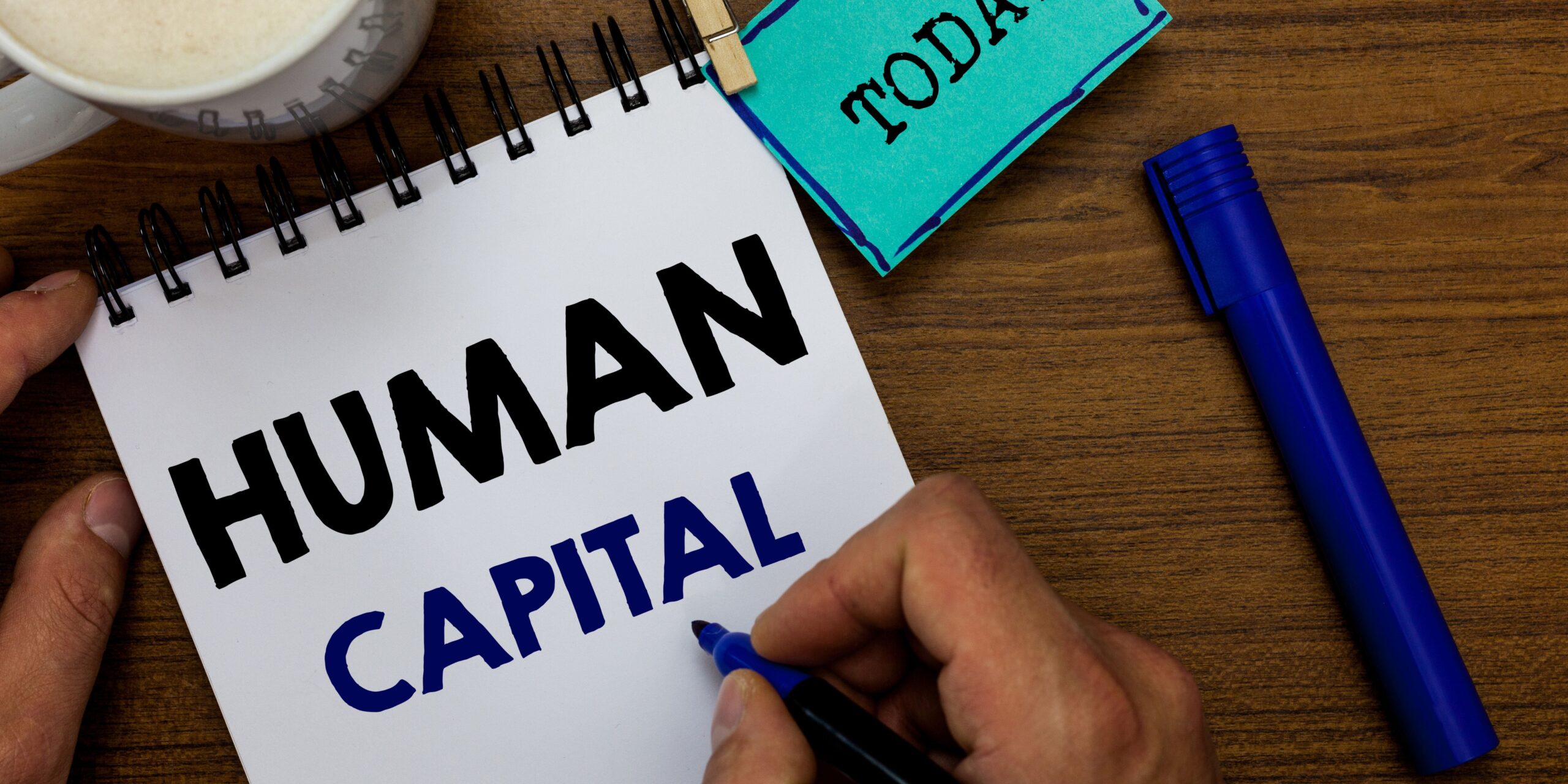Artificial intelligence is transforming the HR landscape. Many are wondering how to adopt AI in recruitment without sacrificing the human element. While technology opens new opportunities, it also presents significant challenges. Automating tasks such as sorting and pre-screening applications streamlines processes. Still, it’s crucial to preserve a personalized candidate experience. Here are some practical tips to combine the efficiency of AI-driven recruitment with a human-centered approach.
Why Integrating AI into Recruitment Delivers Real Benefits
The adoption of AI tools and technologies is becoming essential for companies looking to save time and boost productivity in talent acquisition. Sophisticated algorithms make it easier to analyze large volumes of CVs, identify key skills, and match candidates to job requirements with greater precision.
Another major benefit is bias reduction. When the initial screening is handled by a machine, human subjectivity—related to gender, age, or background—is partially reduced. AI tools can therefore positively impact workplace diversity and ensure a more equitable shortlisting process.
How to Leverage Automation Without Undermining the Candidate Experience
Enhancing procedures with AI should not mean giving up on personalized candidate engagement. Finding the right balance between technological efficiency and meaningful human interaction is crucial. Automating time-consuming tasks frees up valuable time for high-impact exchanges.
In this context, it becomes relevant to identify criteria that predict sales performance from the candidate’s first interactions with your company. In that regard, knowing the key signals of a great sales profile can be highly beneficial. Discover the essential signs to look for when recruiting a salesperson and how AI can support this critical step.
What Risks Should Be Monitored When Using AI in Recruitment?
Despite its advantages, overreliance on AI tools and technologies has its drawbacks. One main risk is homogenization of profiles if selection criteria are too heavily based on historical data or an idealized model. This could inadvertently exclude atypical candidates who might bring real value to the company.
Additionally, a lack of transparency in automated decision-making may frustrate candidates—especially if they don’t understand why they were rejected. Clear, human communication remains essential.
How to Maintain the Human Factor in Talent Selection
Refocusing your approach to highlight the human dimension is key. After automating initial steps like CV sorting or technical skill assessments, it’s vital to give enough weight to individual interviews.
Another effective lever is regularly gathering candidate feedback throughout the hiring journey. Capturing their impressions not only enhances the candidate experience, but also shows that human connection remains a priority.
Which AI Tools Should You Choose to Optimize Your Recruitment Process?
Today’s market offers a wide range of AI and semi-automated recruitment solutions. To start, choose tools suited to your organization’s size and needs. Favor those that balance automation of repetitive tasks with personalized engagement across the selection process, in order to avoid impersonal experiences.
Personality assessment tools are also now part of the mix, providing actionable insights into candidates’ interpersonal and sales aptitudes. For instance, you can use a personality test solution to assess cultural fit and potential job success.
Here are a few commonly effective use cases:
- Automated CV sorting and pre-screening based on multiple criteria
- Chatbot systems for real-time candidate inquiries
- Automated technical skill evaluations through adaptive testing
- Semantic analysis tools to assess soft-skill alignment with company values
To ensure optimal performance and a quality candidate experience, it’s critical to adjust tools regularly and train HR teams on their proper use.
Comparison Table: Benefits of Integrating AI in Recruitment
| Aspect | Benefits for the Company | Impact on Candidates |
|---|---|---|
| Task automation | Time savings and increased productivity | Faster responses and smoother communication |
| Bias reduction | Greater diversity in talent selection | Stronger sense of fairness in shortlisting |
| Smart application screening | More efficient recruitment workflows | Better-targeted interview invitations |
| Automated evaluations | Improved objectivity and efficiency | More equitable experience for all applicants |
These impacts vary depending on the chosen AI tools and the level of human attention throughout the process. Regularly fine-tuning tool parameters helps ensure alignment with job-specific needs and expectations.
Best Practices for Harmonizing AI and the Human Element
Successfully integrating AI in recruitment requires a well-structured approach and early involvement of your HR team. Creating an ethical framework prevents discriminatory practices and builds candidate trust. Every step should complement—not replace—human involvement.
Training your team to understand the algorithms in use, setting safeguards, and regularly reviewing results all contribute to ongoing improvement. Always emphasize human intervention during key moments like interviews or personalized feedback to foster professional growth and connection.
Promoting Transparency and Communication with Candidates
Let candidates know early in the process that automation is part of the selection. This openness helps build trust. Offering a clear explanation of how pre-screening works also counters the perceived opacity of some automated systems.
Establishing an appeals process for candidates who feel unfairly rejected is another best practice, helping maintain engagement and a positive perception of your company.
Involving Hiring Managers in Final Selection
Bringing operational managers into interviews and final selection decisions helps offset the inherent limitations of technological solutions. Their real-world perspective complements the algorithmic view, especially when assessing potential and behavioral traits.
Joint sessions between HR and hiring managers promote shared, balanced decision-making. This strengthens recruitment outcomes and enhances onboarding for new team members.
Frequently Asked Questions About AI and Human-Centered Recruitment
Does AI completely replace human recruiters?
No. AI improves repetitive aspects of the process (such as CV sorting or pre-screening), but the final decision always requires human judgment. Relationship-building skills and recruiter intuition remain irreplaceable—particularly during interviews and onboarding.
Which tasks can be automated without harming the candidate experience?
Several steps can be automated to simplify recruiters’ workloads and improve the candidate journey:
- Automated scanning of large CV databases
- Appointment scheduling and instant chatbot replies
- Technical skill testing as an initial filter
However, each phase should be accompanied by clear, accessible explanations for the individuals involved.
How can bias be minimized when using AI for candidate selection?
Bias reduction requires a multifaceted approach:
- Regularly adjust and test the neutrality of selection criteria
- Review statistical feedback through tracking dashboards
- Always combine automated analysis with human validation
This joint process improves fairness and promotes diverse, innovative candidate profiles.
What metrics can measure the effectiveness of AI integration in recruitment?
Here are some key KPIs to guide your strategy:
| Metric | Description |
|---|---|
| Candidate satisfaction rate | Positive feedback after recruitment |
| Average application processing time | Time from application to response |
| Diversity rate among hires | Proportion of hires from varied backgrounds and genders |
| Conversion rate from shortlist to hire | Overall efficiency of the recruitment process |
Tracking these indicators continuously and involving your team helps ensure sustainable optimization of AI-assisted recruitment.Outils








